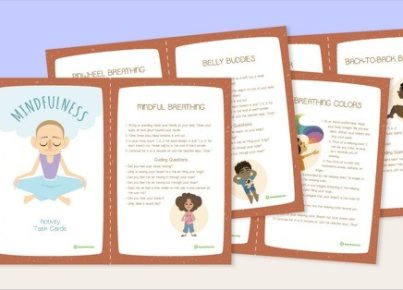Introduction:
Teacher workouts are essential for maintaining the physical and mental wellbeing of educators as they balance the demands of their profession. When implemented effectively, these workouts can lead to improved focus, reduced stress, and increased energy. The following tips will help make your teacher workouts more effective and enjoyable.
1. Set realistic goals:
Establish clear and achievable fitness objectives that match your current fitness level, schedule, and preferences. Setting attainable goals can help you stay motivated as you progress in your workouts.
2. Find a workout buddy:
Having a workout partner adds accountability and camaraderie to your exercise routine. Colleagues or friends who share similar fitness goals can be an excellent source of motivation.
3. Schedule your workouts:
Prioritize your exercise routine by setting specific times throughout the week for training sessions. Consistency is key when trying to make a habit stick.
4. Choose enjoyable activities:
Select exercises that you find fun and engaging rather than rigid or monotonous routines. This will keep you motivated and make it easy to commit to regular sessions.
5. Mix it up:
Vary your workouts by incorporating different types of exercises such as cardio, strength training, flexibility exercises, or yoga. This variety not only prevents boredom but also challenges different muscle groups and improves overall fitness.
6. Stay hydrated:
Drinking water before, during, and after your workout helps maintain optimal performance levels and aids in recovery post-exercise.
7. Listen to your body:
It’s crucial to be mindful of physical limitations and pay attention to signs of fatigue or injury during workouts. Modify exercises or take necessary breaks when needed to prevent overexertion or damage.
8. Warm-up before workouts:
Warming up prepares your body for more intense activity by gradually increasing heart rate, blood flow, and muscle temperature—reducing the risk of injuries while enhancing performance during workouts.
9. Cool down and stretch after exercising:
A cool-down period, which can include light cardio or stretching, helps to gradually lower your heart rate and reduce the risk of injury. Stretching after workouts can aid in increasing flexibility and reducing muscle tension.
10. Seek professional guidance:
Consult with a fitness expert or coach to ensure that you are employing proper techniques and following a tailored workout plan that meets your individual needs and goals.
Conclusion:
Making teacher workouts actually work requires consistency, dedication, and enthusiasm. With these tips in mind, educators can successfully prioritize their physical and mental wellbeing while navigating the challenges of their profession.





